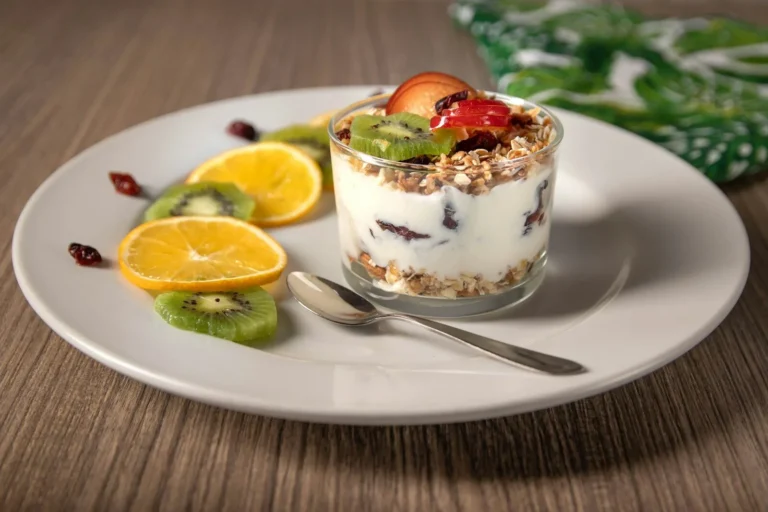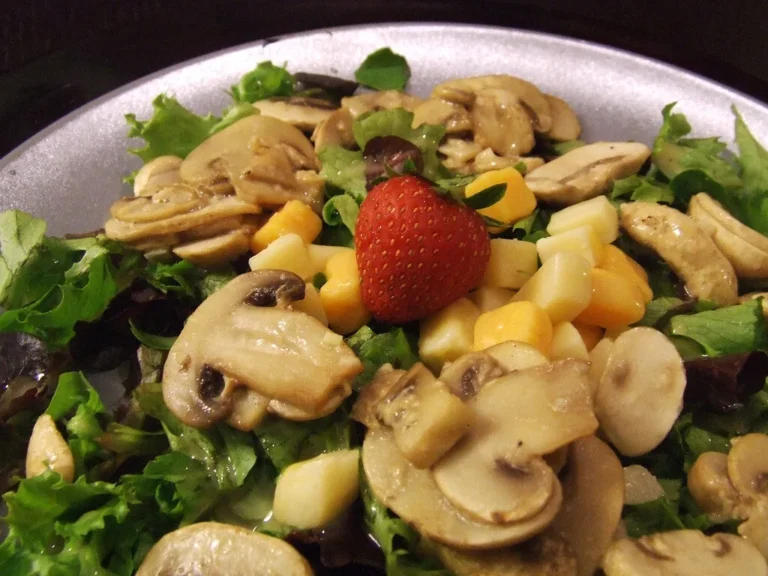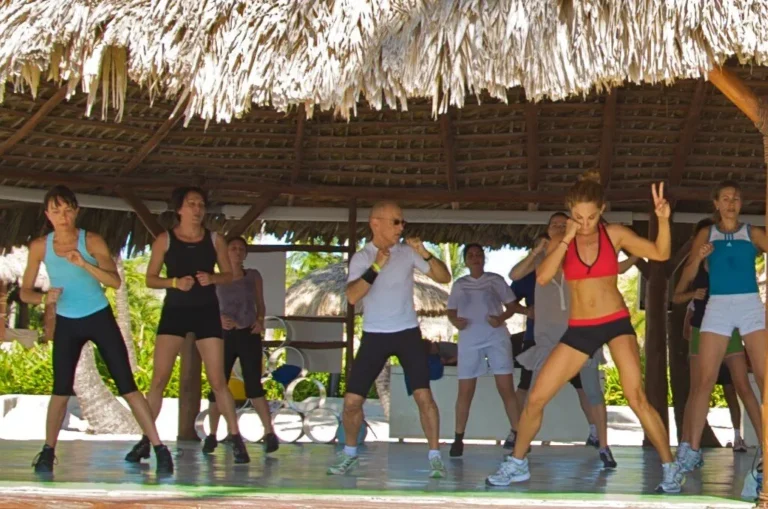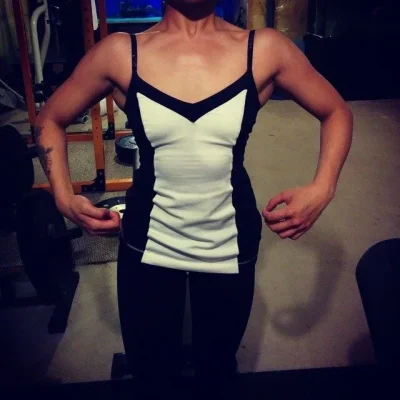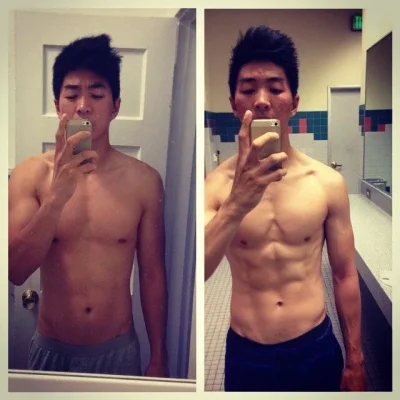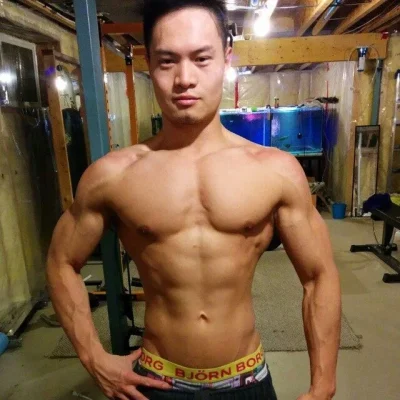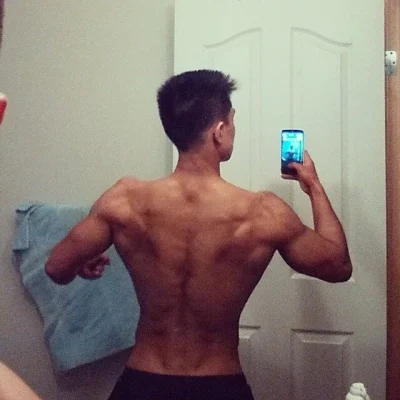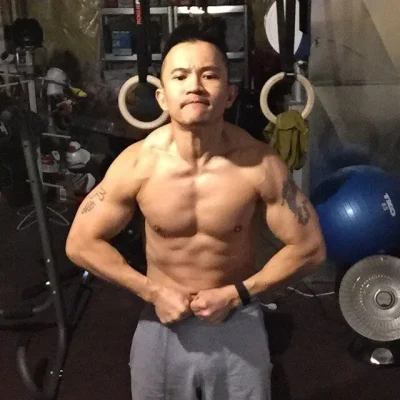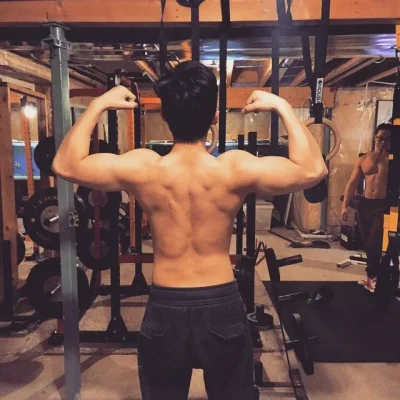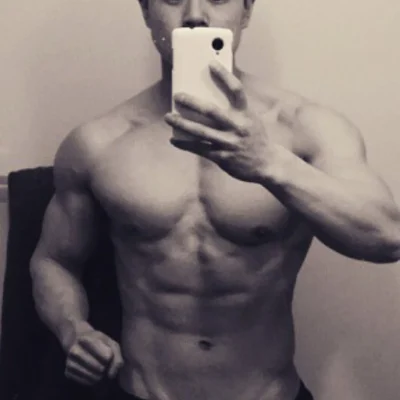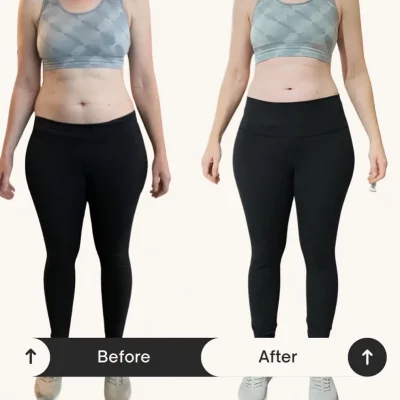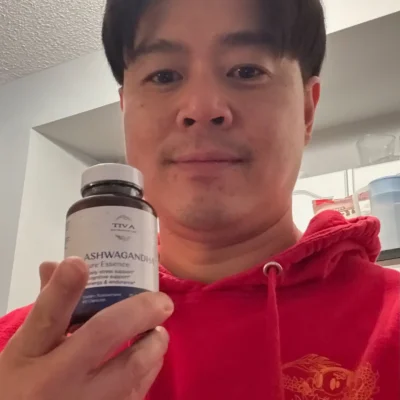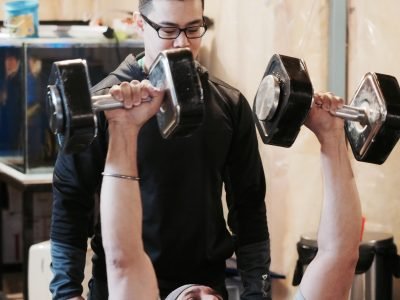As a personal trainer here at Arolyfe | Calgary’s Fitness Coach, I’ve worked with people from all walks of life: beginners looking to lose fat, athletes aiming to improve performance, and bodybuilders striving to sculpt their physique. One thing remains constant across the board: nutrition is the foundation, and protein plays a starring role when it comes to building muscle.
Let’s dive into why a high-protein diet is one of the most powerful tools in your fitness toolbox, especially when your goal is lean muscle growth.
Understanding Muscle Growth and Protein’s Role
When you lift weights or engage in any form of resistance training, you create microscopic tears in your muscle fibers. Your body repairs these tears during recovery, and this is where muscle growth happens. Protein provides the essential amino acids your muscles need to rebuild, grow, and recover stronger than before.
Simply put, no protein, no progress. Even if you’re training like a beast in the gym, poor nutrition can stall your gains.
How Much Protein Do You Really Need?
There’s a lot of confusion about protein intake. The “recommended daily allowance” (RDA) sits at around 0.8 grams per kilogram of body weight. But if you’re actively training, aiming to build muscle, or engaging in sports, you’ll need significantly more.
A general guideline I share with my clients is to aim for 1.6 to 2.2 grams of protein per kilogram of body weight. So if you weigh 75kg (about 165 pounds), you’d want somewhere between 120 and 165 grams of protein daily. This ensures your body has the raw material it needs to build and maintain muscle tissue.
The Power of Protein Timing
Timing your protein intake can amplify your results. Eating protein every 3-4 hours helps keep your body in an anabolic (muscle-building) state. Post-workout meals are especially crucial: your muscles are primed to absorb nutrients after training.
Aim for 20-40 grams of high-quality protein within 30-60 minutes post-workout. Combine it with some carbs to replenish glycogen stores, and you’re setting your body up for optimal recovery.
Best Sources of Protein for Muscle Growth
You’ve got plenty of options when it comes to protein, but quality matters. Look for complete proteins that provide all nine essential amino acids.
Top animal-based sources:
-
Chicken breast
-
Lean beef
-
Turkey
-
Eggs
-
Salmon and tuna
-
Greek yogurt
-
Whey protein isolate
Top plant-based sources:
-
Lentils
-
Chickpeas
-
Quinoa
-
Tofu and tempeh
-
Edamame
-
Vegan protein powders (blend of pea, rice, hemp, etc.)
If you’re plant-based, it may take a little more planning, but you can absolutely build muscle with the right strategy.
Protein and Fat Loss: A Double Win
Here’s a bonus: high-protein diets aren’t just for muscle building. They’re also highly effective for fat loss. Protein helps keep you full, reduces cravings, and preserves muscle mass during calorie deficits. That means you’re more likely to lose fat without sacrificing those hard-earned gains.
For anyone trying to lean out while maintaining strength, upping your protein is a no-brainer.
Protein Supports Hormonal Balance and Recovery
Muscle growth isn’t just about lifting weights. It’s about recovery, too. Protein contributes to hormone regulation, immune support, and tissue repair, all of which are vital in a well-rounded fitness plan.
Sleep, stress, and recovery days matter just as much as your training split. When you combine a high-protein diet with smart recovery strategies, your body is better equipped to rebuild and grow stronger.
Protein and Aging: Maintaining Muscle Over Time
As we age, we naturally lose muscle mass—a process called sarcopenia. High-protein diets become even more important for older adults to maintain strength, mobility, and independence.
Whether you’re 25 or 65, protein plays a protective role in preserving muscle mass. And more muscle means better balance, faster metabolism, and improved quality of life.
A Balanced Approach: Don’t Forget the Big Picture
While protein is crucial, remember that muscle growth is a three-part equation:
-
Progressive resistance training
-
High-protein, nutrient-rich nutrition
-
Adequate recovery (sleep, rest days, hydration)
I’ve seen people overdo protein while neglecting carbs and healthy fats. Your body needs all macronutrients to perform at its best. Think of protein as the bricks for your house, but carbs and fats are the energy and tools that allow construction to happen.
Real Client Results: The Power of High-Protein Habits
At Arolyfe, we’ve helped hundreds of clients shift their body composition, increase muscle, and boost energy—all by dialing in their protein intake.
One of our clients, James, came to us struggling to gain muscle despite hitting the gym consistently. Once we increased his protein intake and spread it evenly across meals, he started seeing visible gains within six weeks.
Another client, Lisa, was trying to lose fat while maintaining her muscle tone. By focusing on lean protein at every meal and lifting three times per week, she dropped 10 pounds of fat while keeping her strength.
Tips for Hitting Your Daily Protein Target
-
Start your day with protein: Eggs, Greek yogurt, or a protein smoothie work well.
-
Include protein in every meal: Even snacks can be protein-rich (cottage cheese, jerky, protein bars).
-
Meal prep: Cook chicken, fish, or tofu in bulk.
-
Use protein shakes when needed: Convenient and effective.
-
Track your intake: Apps like MyFitnessPal can help you stay on target.
Final Thoughts
Whether you’re chasing your first pull-up, training for a competition, or simply aiming to feel better in your body, a high-protein diet can take your progress to the next level.
It’s not about being perfect. It’s about being consistent. At Arolyfe | Calgary’s Fitness Coach, we focus on real strategies that work. And one of the best ways to support muscle growth, performance, and overall health is by prioritizing protein.
Want to know how much protein you should be eating? Or how to balance your meals for your goals? Reach out. We offer customized training and nutrition coaching to help you become the strongest version of yourself.

